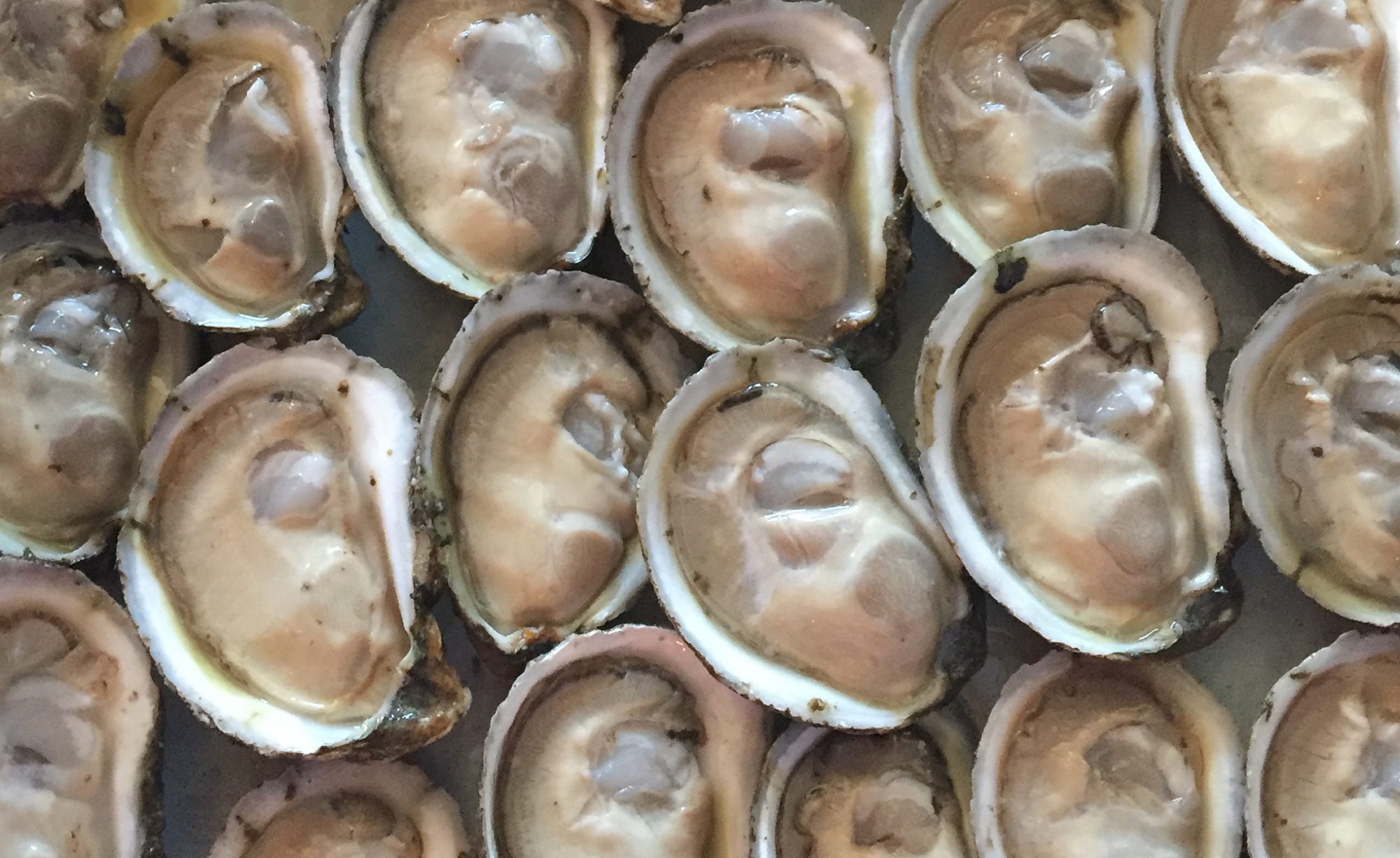Oysters (raw or cooked) offer a variety of health benefits that few people realize. A quick search on the internet for the keywords “oysters” and “health” you will find a plethora of articles about this unique seafood delicacy. Two of our favorites are Gourmet Food Store and Ruby Salts.
In addition to tasting great, oysters are low in calories and contain many great nutrients, including protein, healthy fats, vitamins, and minerals. These nutrients offer benefits for your heart, circulation, bone growth, brain function, hair growth, skin tone and your immune system. Oysters are loaded with vitamins and minerals, as well as antioxidants (see table). They also serve as a good source of omega 3 and omega 6 fatty acids. Oysters have also been shown to concentrate a short chain fatty acid called ceramides (from phytoplankton) which has been shown to have anticancer properties against breast cancer and prostrate cancer (https://www.lsuagcenter.com/portals/communications/publications/agmag/archive/2008/fall/oysters-can-help-fight-breast-cancer). All of these wonderful nutritional benefits come from the natural microscopic algae (phytoplankton) they filter from the water around them.
Oysters are also a great natural source of zinc which is particularly important to warding off cold viruses; in fact, there is now solid scientific evidence that zinc blocks Coronavirus replication in human cells*. Just six oysters provide 250% of your daily zinc requirement which is 10x more than red meat and even 3x more than a popular zinc cold remedy!
Check out a Summary of Health Benefits of Oysters .
Keep in mind that people at higher risk for foodborne illness, severe and life-threatening illness may result from consuming raw or undercooked fish and shellfish. These individuals include those with compromised immune systems (e.g., people with ulcers, diabetes cancer) as well as pregnant women, infants, young children and older adults (if you’re unsure if you are at risk, consult with your physician). If you’re in this category, you may thoroughly cook fish and shellfish and still enjoy the health benefits of oysters and other seafood. Check out some of these great cooking preparations from Southern Living.
There have been several recent scientific studies about oysters and COVID:
A 3.5-ounce (100-gram) serving of wild eastern oysters provides the following nutrients. **
Calories: 68
Protein: 7 grams
Fat: 3 grams
Vitamin D: 80% of the Reference Daily Intake (RDI)
Thiamine (vitamin B1): 7% of the RDI
Niacin (vitamin B3): 7% of the RDI
Vitamin B12: 324% of the RDI
Iron: 37% of the RDI
Magnesium: 12% of the RDI
Phosphorus: 14% of the RDI
Zinc: 605% of the RDI
Copper: 223% of the RDI
Manganese: 18% of the RDI
Selenium: 91% of the RDI
** https://fdc.nal.usda.gov/fdc-app.html#/food-details/337923/nutrients
ENVIRONMENTAL BENEFITS:
Here is a great video on the ecological value and impact of oyster farming:
